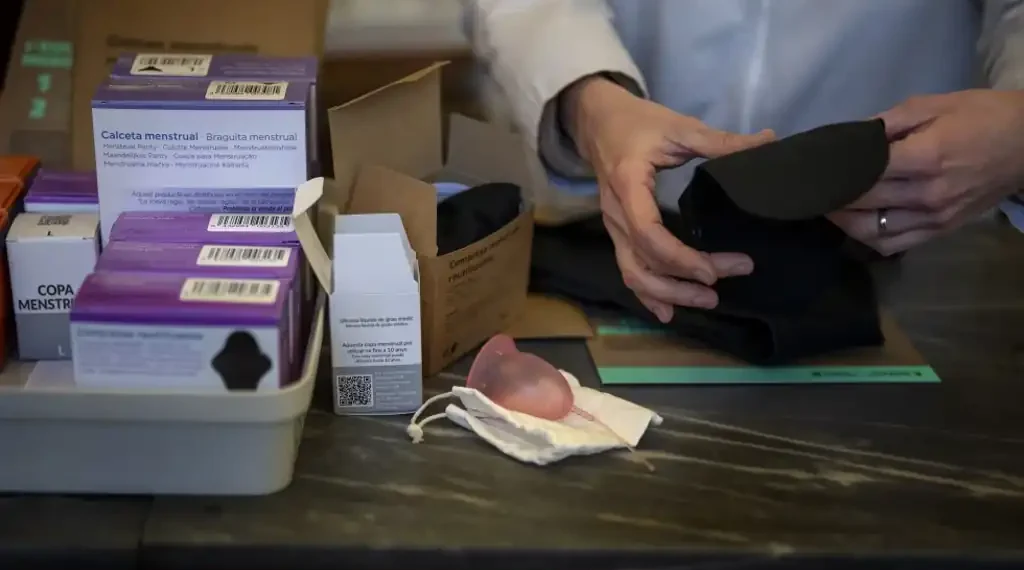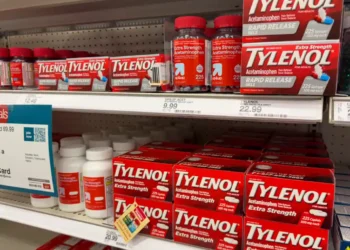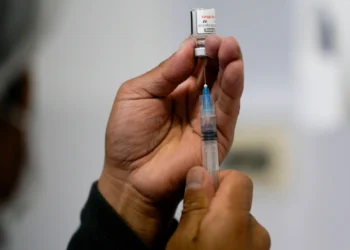Why More Women Are Switching to Reusable Menstrual Products
Published Time 08-14-2025, 15:30
An increasing number of women are turning to reusable menstrual products as a sustainable and affordable alternative to traditional disposable tampons and pads. These products, including menstrual discs, cups, and period underwear, are gaining popularity due to their environmental benefits and convenience, with many users citing improved comfort and cost savings.
The Growing Appeal of Reusable Menstrual Products
Selin Celikoyar made her last tampon purchase six months ago, opting instead for a reusable menstrual disc. “I had already been wary of tampons from an environmental perspective and also from a biological perspective,” she explained. “They felt wasteful and costly over time.”
Reusable menstrual products have emerged as a solution to the billions of disposable pads and tampons discarded annually. Items such as silicone cups, flexible discs, and absorbent period underwear are designed for long-term use, reducing waste and expenses. Women’s health experts note that the pandemic created a privacy-friendly environment that encouraged more people to try these alternatives in their own homes.
Celikoyar noted that she used disposable tampons and pads for years simply because those were the familiar options. However, after a friend introduced her to menstrual discs, she gave them a try and described the experience as “a game changer.”
Environmental Impact of Single-Use Menstrual Products
According to Dr. Luwam Semere, chief of obstetrics and gynecology at Kaiser Permanente Santa Clara, about 12 billion disposable pads and 7 billion tampons end up in U.S. landfills each year. The majority of pads contain plastic components, which can take up to 800 years to degrade, as reported by the National Institutes of Health.
Despite the environmental drawbacks, disposable products remain the dominant choice. Women’s health specialist Dr. Navya Mysore attributes this trend to generational familiarity: “It was often like, ‘What did your mom use? What did your grandma use?’ That’s how you were introduced to period hygiene.”
Benefits and Challenges of Reusable Options
Menstrual cups are currently the most popular reusable product. They are inserted similarly to tampons but can hold significantly more fluid and remain in place for up to 12 hours, compared to the 4-8 hour recommendation for tampons. Menstrual discs, inserted deeper in the vaginal canal, offer the advantage of not interfering with intercourse. Both types carry a much lower risk of Toxic Shock Syndrome than tampons.
However, reusable products require some learning. Proper insertion can be tricky and may cause leakage if done incorrectly. Cleaning these items regularly with soap and water is necessary, which can be inconvenient in public or workplace restrooms.
Mysore highlighted, “It’s hard to clean a menstrual cup or disc at work if you’re in a shared restroom. That’s one practical challenge.”
Another consideration is for those using intrauterine devices (IUDs) for contraception. Removing a menstrual cup without breaking its suction seal risks dislodging the IUD. Discs, which do not rely on suction, may be harder for some women to remove because of their placement, explained Dr. Annemieke van Eijk, epidemiologist at the Liverpool School of Tropical Medicine.
Despite these drawbacks, Celikoyar finds reusable discs highly convenient. “The longer change window got me through a back-to-back concert and a red-eye flight without worry. It’s an ease of use for the modern woman that traditional methods can’t match,” she said.
Comparing Costs and Accessibility
Reusable menstrual cups and discs typically cost between $15 and $40, with a variety of sizes and styles available online, in pharmacies, and major retailers. Van Eijk pointed out that trying different types to find the right fit can be costly, which might discourage some from switching.
Nevertheless, reusable products often lead to long-term savings. Celikoyar estimates she used about 20 tampons a month, each costing roughly 20 to 25 cents. By switching to reusable alternatives, many users break even financially within a few months.
For those who prefer pads, period underwear offers a reusable option that looks and feels like regular underwear but includes absorbent lining. Dr. Semere noted, “These are good alternatives for people who experience irritation from disposable pads, which can contain various synthetic materials.”
One downside of period underwear is the inability to detect when the product has reached its full absorbency, similar to disposable pads.
Combining Products for Personalized Period Care
Dr. Mysore observes that many women adopt a mix-and-match approach to period products based on flow and lifestyle. “Some use period underwear as a backup along with cups, discs, or tampons to manage their periods comfortably and safely.”
This flexibility enables women to customize their menstrual care while prioritizing health, comfort, and sustainability.
This article was rewritten by JournosNews.com based on verified reporting from trusted sources. The content has been independently reviewed, fact-checked, and edited for accuracy, neutrality, tone, and global readability in accordance with Google News and AdSense standards.
All opinions, quotes, or statements from contributors, experts, or sourced organizations do not necessarily reflect the views of JournosNews.com. JournosNews.com maintains full editorial independence from any external funders, sponsors, or organizations.
Stay informed with JournosNews.com — your trusted source for verified global reporting and in-depth analysis. Follow us on Google News, BlueSky, and X for real-time updates.












